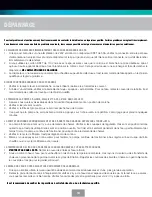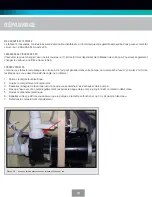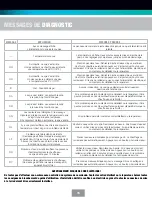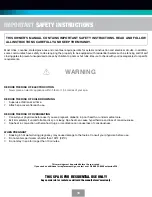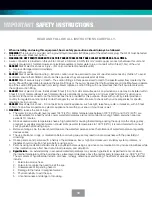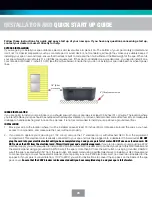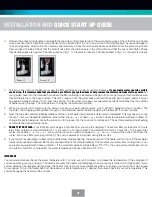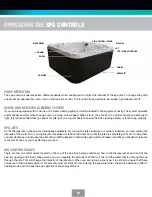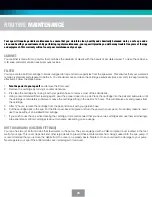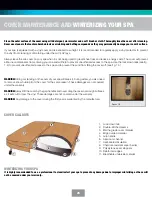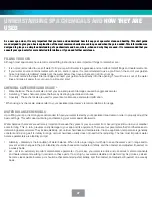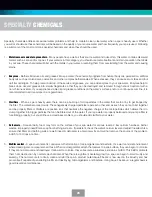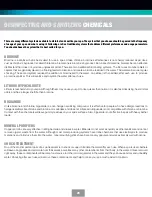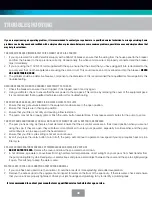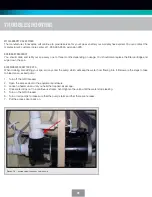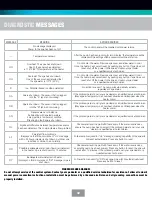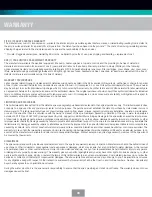
27
As a new spa owner, it is very important that you learn and understand how to keep your spa water clean and healthy. This short guide
was designed to give you a basic explanation of the most common chemicals used in spas and when they are needed. This information was
designed to give you a simple understanding of spa chemicals and how, where, when and why they are used. It is recommended that you
consult your spa dealer for more detailed information or if you need further assistance.
FILLING YOUR SPA
Although most spa makers have recommended filling instructions, some important things to remember are :
1. It is not recommended to use soft water to fill your spa. Soft water is aggressive and can attack metal fittings and heater elements.
2. If your water source contains metals such as iron and/or copper, it is recommended to use a pre-filter on the end of your garden
hose to remove precipitated metals from the water before they have a chance to get into your spa.
3. You must remove the spa’s filter cartridge and insert your garden hose directly into this opening. This will force air out of the water
lines and make it easier for your pump to prime and start.
CHEMICAL CATEGORIES AND USAGE *
1. Water balance: These chemicals protect your spa and prevent damages caused by aggressive water.
2. Sanitizing : These chemicals protect bathers by destroying bacteria and viruses.
3. Specialty : These chemicals are used for preventive maintenance and water clarification.
* When using any chemicals, always refer to your specialized spa dealer’s recommendations for usage.
WATER BALANCE CHEMICALS
Upon filling your spa, it is strongly recommended to have your water tested by your specialized spa dealer in order to properly adjust the
basic settings. This will make maintaining and balancing your water easier afterwards.
Water balance chemicals are extremely important because they prevent your spa water from becoming acidic/corrosive or alkaline/
scale forming. This, in turn, prevents costly damage to your spa and its equipment. There are four parameters that lend themselves to
determining balanced water. They include alkalinity, pH, calcium hardness and temperature. In a spa application, temperature is generally
constant and as long as it is initially in range, calcium hardness usually does not need further adjusting. The two most important water
balance parameters are alkalinity and pH.
1. Alkalinity – Alkalinity is the foundation of water balance. When in its proper range, it will help to keep the water’s pH in range and to
prevent erratic changes in the pH. Alkalinity should be checked and adjusted, initially, and then tested, and adjusted if needed, on
a weekly basis.
2. pH - pH is an extremely important water balance parameter. If pH is low, your water is acidic and can attack metal components
and heater elements resulting in corrosion to these parts. If pH is high, your water is alkaline or scale forming. As pH rises, calcium
becomes less soluble in water. pH should be checked and adjusted, initially, and then tested, and adjusted if needed, on a weekly
basis.
UNDERSTANDING SPA CHEMICALS AND
HOW THEY ARE
USED

